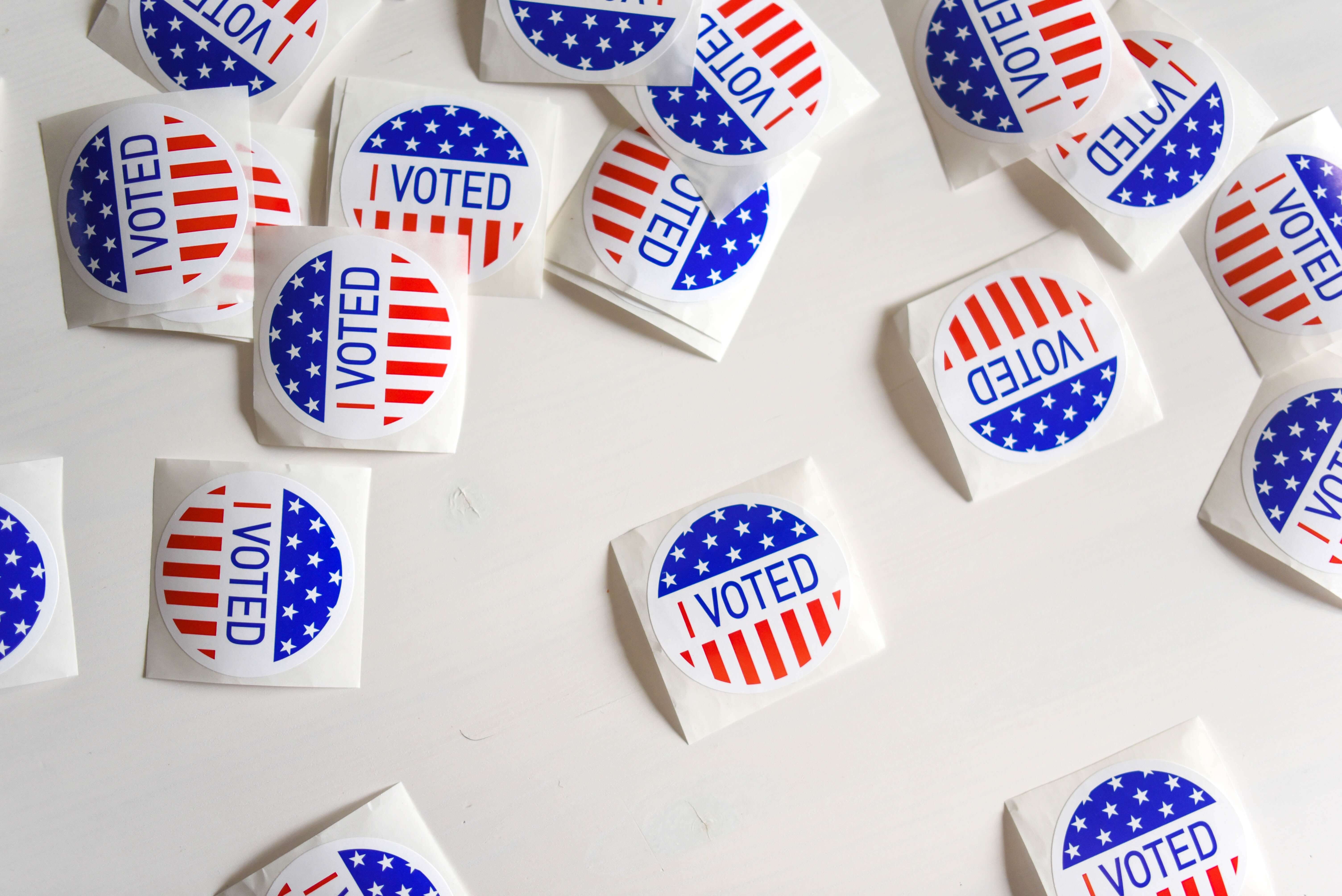Introduction
Direct mail remains a potent tool in any Get Out the Vote (GOTV) strategy, offering a tangible and personal connection with potential supporters. According to a study done by the USPS, 53% of national voters agree that Direct mail is more trustworthy than television or online advertising. Throughout this post, we’ll look at strategies for leveraging direct mail to its maximum impact. From identifying your target audience to incorporating clear instructions, visuals, and personalized handwritten elements, we’ll guide you through crafting compelling direct mail campaigns that drive voter turnout and leave a memorable impact.
Key Points
1. How to Identify Your Target Audience in your GOTV Strategy
2. How to Provide Clear Voting Instructions
1. How to Identify Your Target Audience in your GOTV Strategy
When developing a political (GOTV) strategy using direct mail, it’s crucial to consider various demographics such as age, location, political affiliation, and voting history. These factors play a significant role in crafting messages that resonate with different segments of voters.
A key component of this strategy is donor segmentation. By tailoring your message to specific donor categories, you can increase engagement and support. For example, high-frequency donors might appreciate detailed updates on campaign progress and impact, whereas occasional donors might prefer a straightforward appeal that emphasizes urgency and the immediate need for funds. Monitor and adjust your outreach efforts and adjust your targeting strategy as needed based on feedback and data analysis.

2. How to Provide Clear Voting Instructions
Direct mail presents an excellent opportunity to streamline the voting process for recipients. By including clear and concise instructions on how to participate, such as reminders of important deadlines and the necessary steps for casting a ballot, barriers are removed to encourage voter engagement. Providing information on absentee or early voting options can accommodate individuals with scheduling conflicts or mobility limitations, further enhancing accessibility and inclusivity.
A central aspect of any successful election campaign is sharing the designated voting day with potential voters. It’s also essential to ensure that voters know where they are voting. Direct mail offers a platform to provide comprehensive details on polling locations, hours of operation, and any relevant logistical considerations.
Transparency and accessibility are important to maintain trust and engagement among voters. Including contact information for campaign representatives or local election authorities allows recipients to seek clarification, address concerns, or access additional resources as needed. By facilitating two-way communication, your candidate can demonstrate their commitment to supporting voters throughout the electoral process.

3. Where to Include Visuals in a Mailing
Effective campaign communication relies on clear and captivating visuals to convey your Call to Action (CTA). Graphics are your silent ambassadors, drawing attention and prompting action. Whether it’s an attention grabbing postcard, a concise infographic newsletter, or a compelling handwritten notecard, these visuals serve as powerful cues, guiding your audience towards the desired response.
Simplicity is key. Complex or cluttered designs risk diluting your message. Opt for clean, straightforward visuals that speak volumes with minimal fuss. Let your design breathe, ensuring that your CTA shines through without distractions.
Consistency is crucial in branding. Align your graphics with your brand’s visual identity by maintaining uniformity in fonts, colours, and logos. This ensures instant recognition across all touchpoints.
When selecting imagery, prioritize relevance and resonance. Choose visuals that amplify your campaign’s message and values. Whether it’s showcasing real people, illustrating key initiatives, or capturing the essence of your cause. By harnessing the emotive power of imagery, you can deepen engagement and inspire meaningful action among your supporters.

4. Make your GOTV Strategy Personal
Engaging voters by addressing them personally adds a personal touch to communications, building a stronger connection. Sharing personal stories allows voters to relate on a deeper level, creating a sense of empathy and understanding. Incorporating testimonials and social proof further strengthens this connection, as voters see themselves reflected in the experiences of others who support the cause.
Informing voters about community events, such as campaign rallies, fundraisers, and volunteer opportunities, not only cultivates a sense of involvement but also showcases the leader’s commitment to grassroots engagement. By providing a platform for voters to participate in these activities alongside the leader, it reinforces the notion of a shared mission and collective effort toward a common goal.
Curating a handwritten detail into direct mail pieces adds a special element that significantly enhances engagement and connection with voters. Unlike standard printed materials, a handwritten note conveys authenticity and sincerity, making recipients feel valued and appreciated. This personalized approach creates a lasting impression, increasing the likelihood of voters engaging with the campaign message.
To go further into GOTV strategies check out our blog post “Getting Out The Vote with Handwritten Mail,” we highlighted why GOTV is crucial for democratic participation. We discussed strategies for capturing voters’ attention and explained the unique effectiveness of handwritten mail due to its personal touch. We also covered key elements to consider in GOTV mail, such as clear messaging and a strong call to action!
Conclusion
By exploring various tactics, from identifying target audiences to communicating clear directions, visuals, and personalized touches, your team can create compelling direct mail campaigns that drive voter turnout and make a significant impact. The power of direct mail lies in its ability to establish a personal connection with voters, creating trust and encouraging active participation in the democratic process. Leveraging these strategic direct mail tactics can amplify GOTV efforts and contribute to achieving campaign goals.





